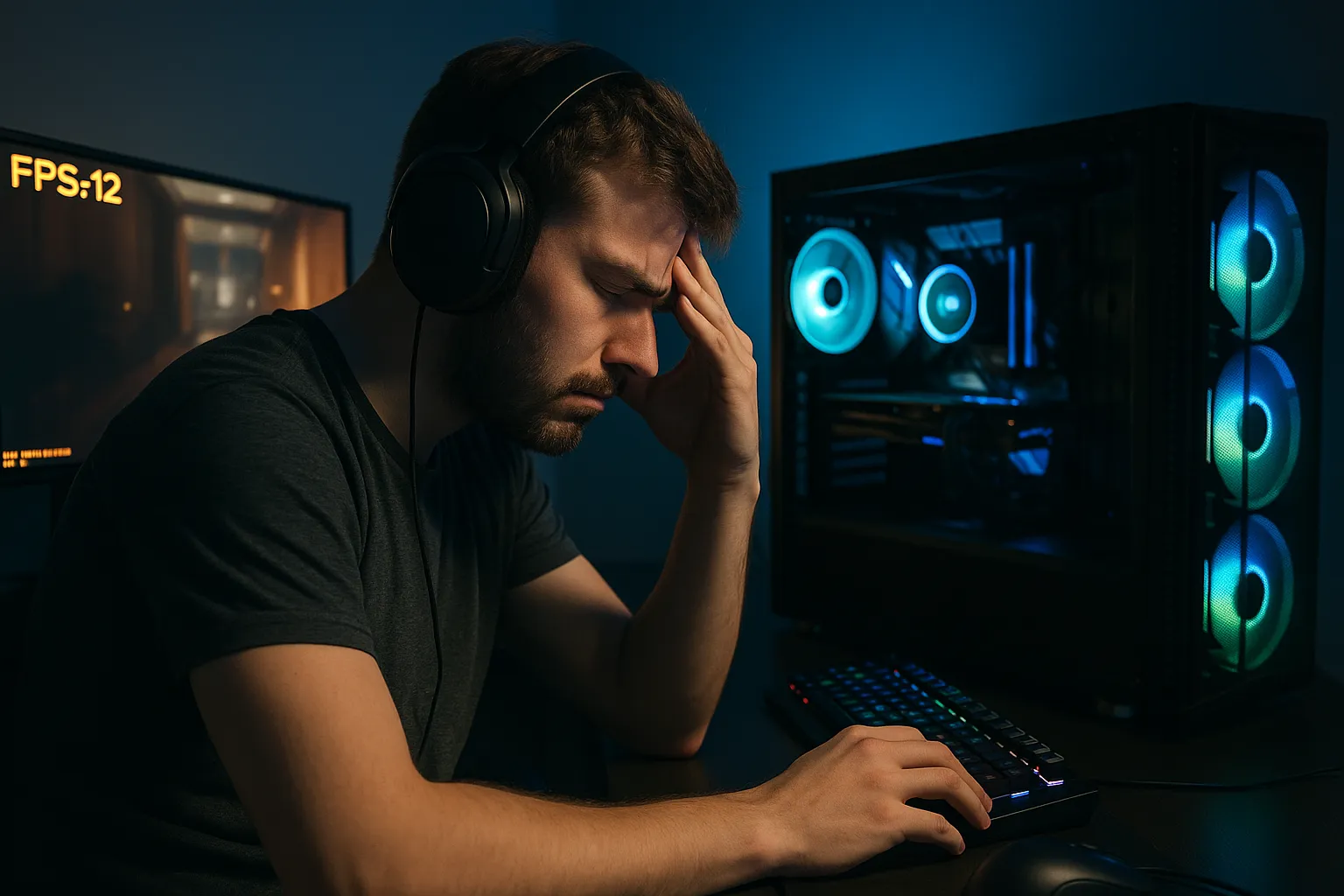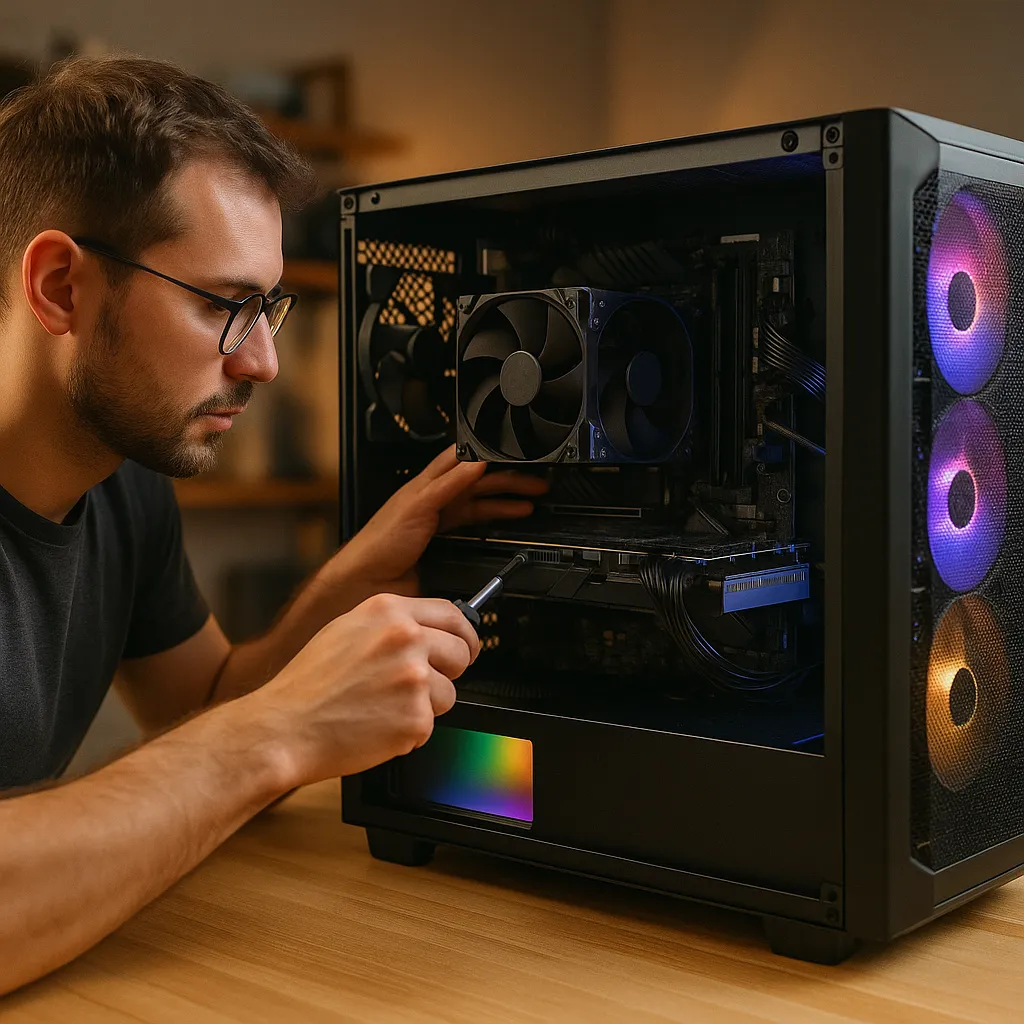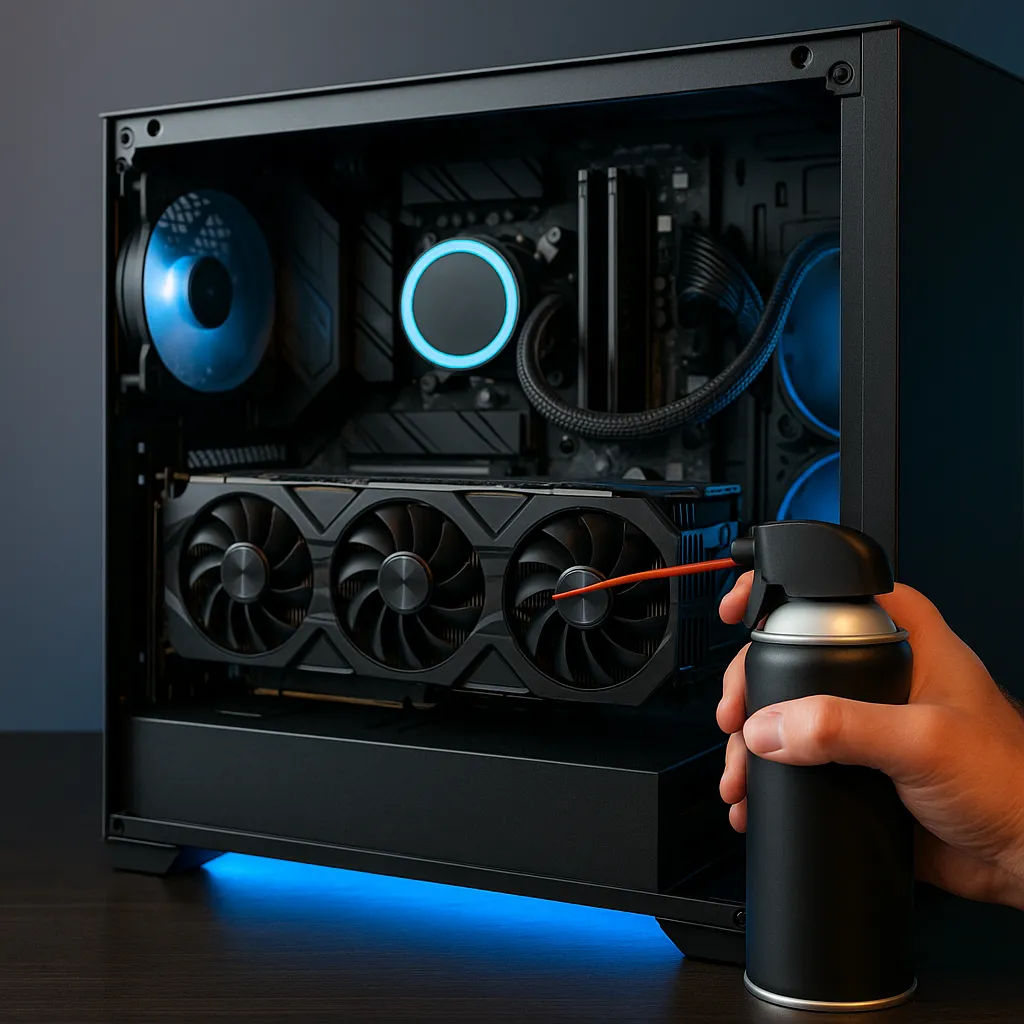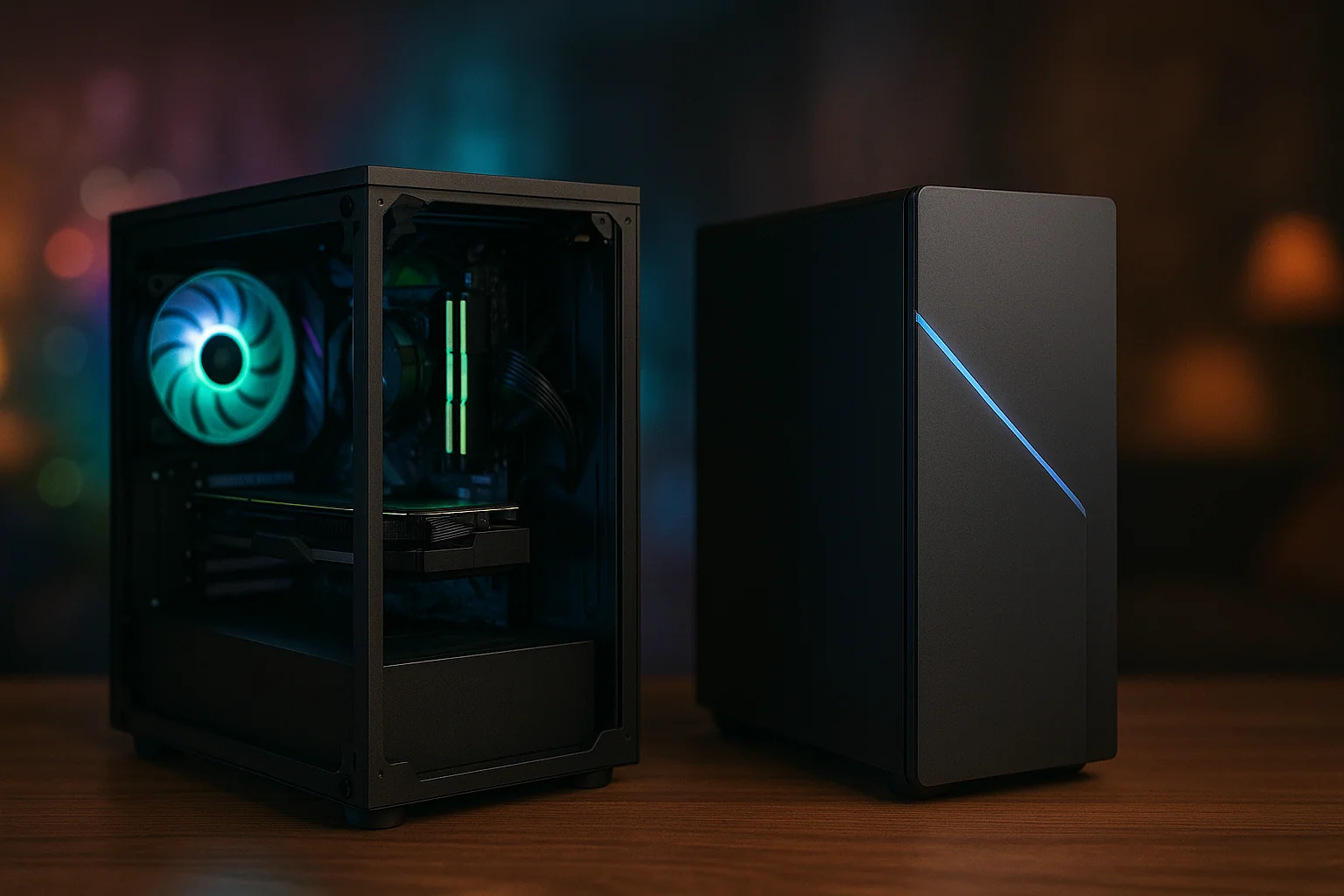What Is a Bottleneck and How It Affects Your Gaming PC
2 min read
•0 views
•5/3/2025 Share:

Table of Contents
What Is a Bottleneck and How It Affects Your Gaming PC
Do your FPS suddenly drop for no reason? Here's the culprit.
1. What is a bottleneck?
In the hardware world, a bottleneck happens when one component limits the performance of the others. Think of it as having a Formula 1 engine with bicycle wheels: no matter how much power you have, you won't use it. Most often, bottlenecks occur between the CPU and GPU, but RAM or storage can also be responsible.
2. How does it show up?
Common symptoms include inconsistent FPS, game stuttering, long loading times, or poor performance despite high-end parts. A classic example: you pair an RTX 4070 with a five-year-old i3. The GPU waits while the CPU can't keep up.
3. How to detect it?
Use tools like MSI Afterburner or HWMonitor to see real-time CPU and GPU usage. If your CPU hits 100% while GPU is at 50–60%, you have a CPU bottleneck. Sites like PCPartPicker help predict mismatches before you buy.
4. How to prevent or fix it?
- Balance your components: avoid top-tier GPUs with entry-level CPUs.
- Update BIOS and drivers: software matters too.
- Smart configurations: BFPC builds are tested to avoid bottlenecks.
- Monitor your setup: real metrics let you tweak before it’s too late.
5. Modern bottlenecks: more than CPU and GPU
In 2025, new games demand SSD NVMe speed, sufficient RAM (DDR5 ideally), and efficient cooling systems. Don’t underestimate the power of a balanced system. One weak link breaks the chain.
🚀 Call to Action
Comments
Please log in to comment


